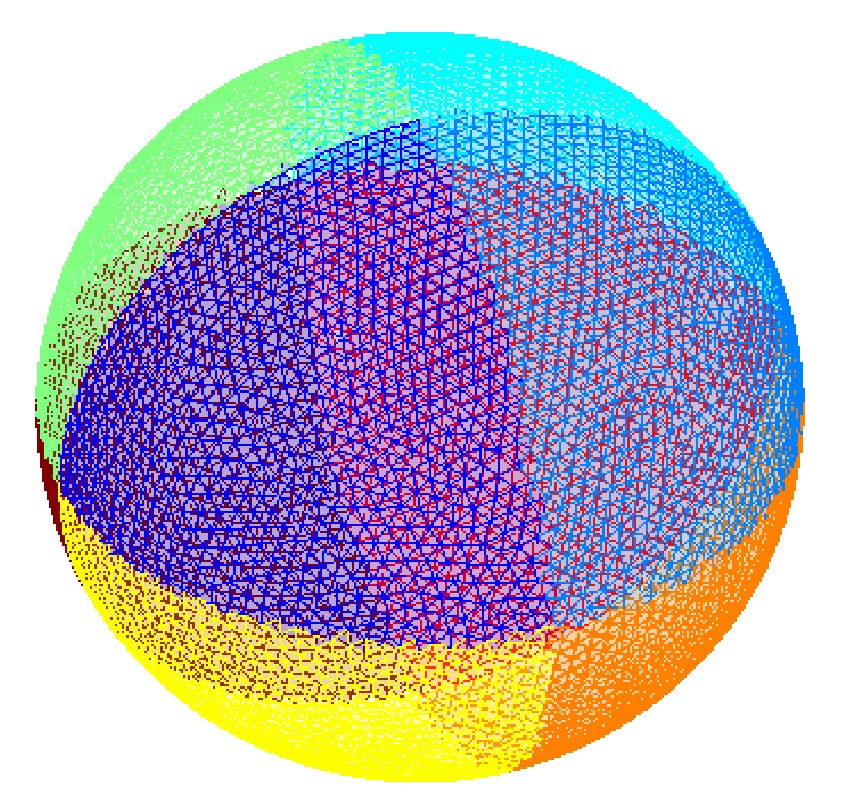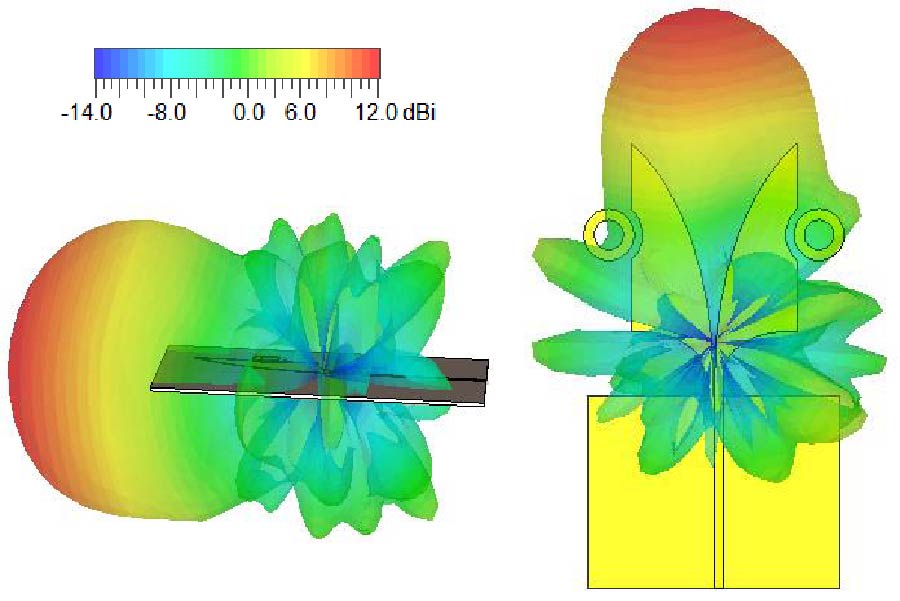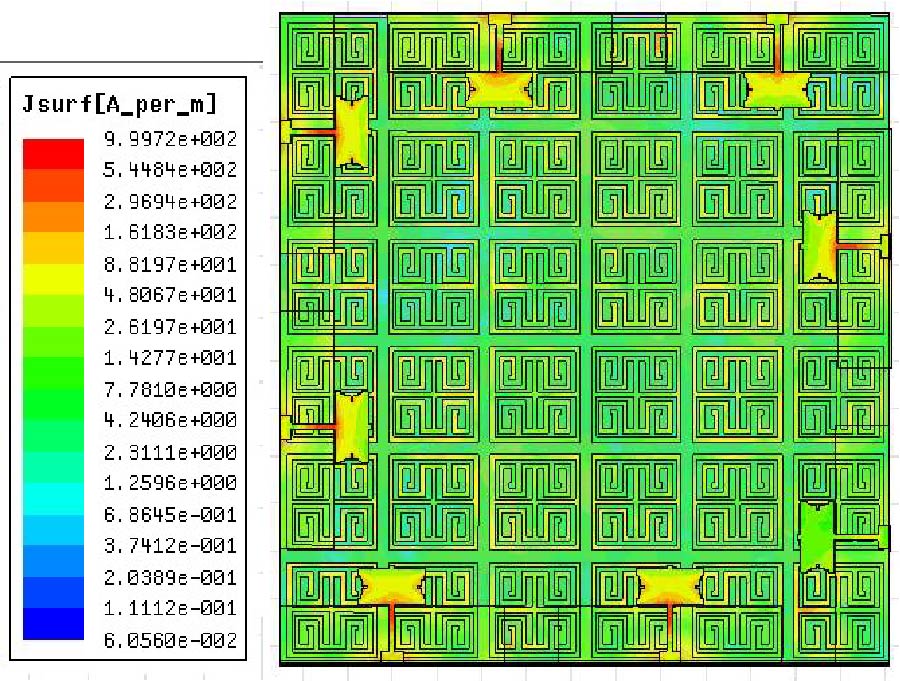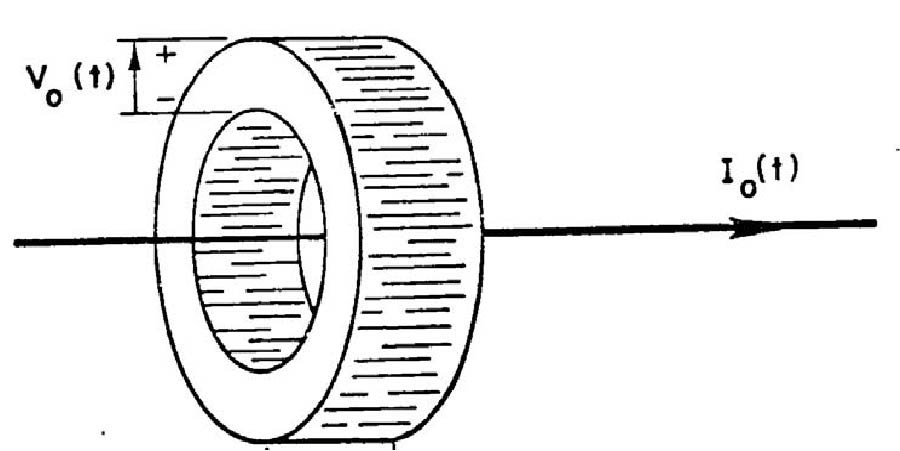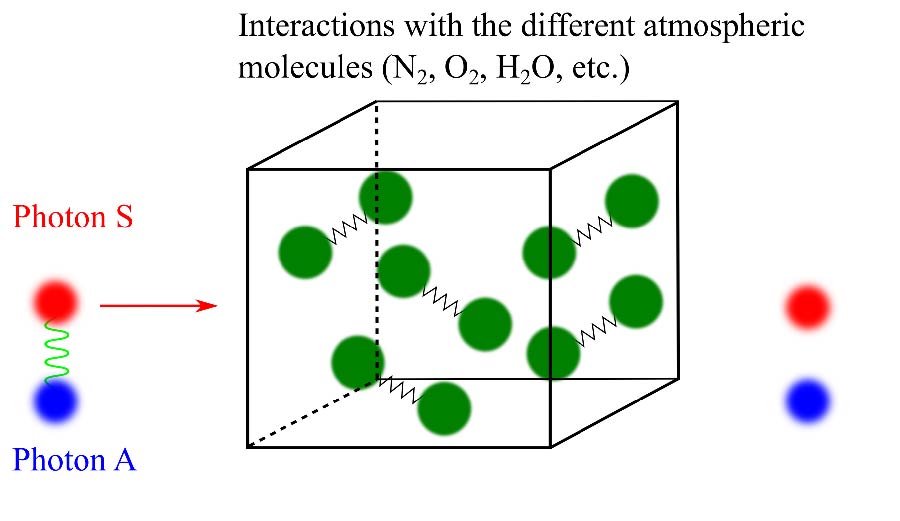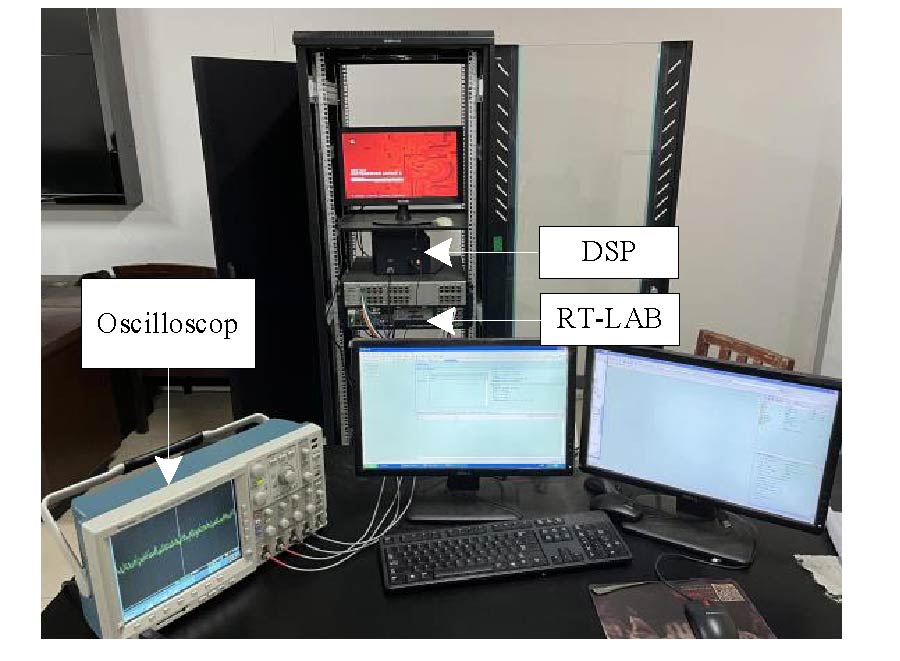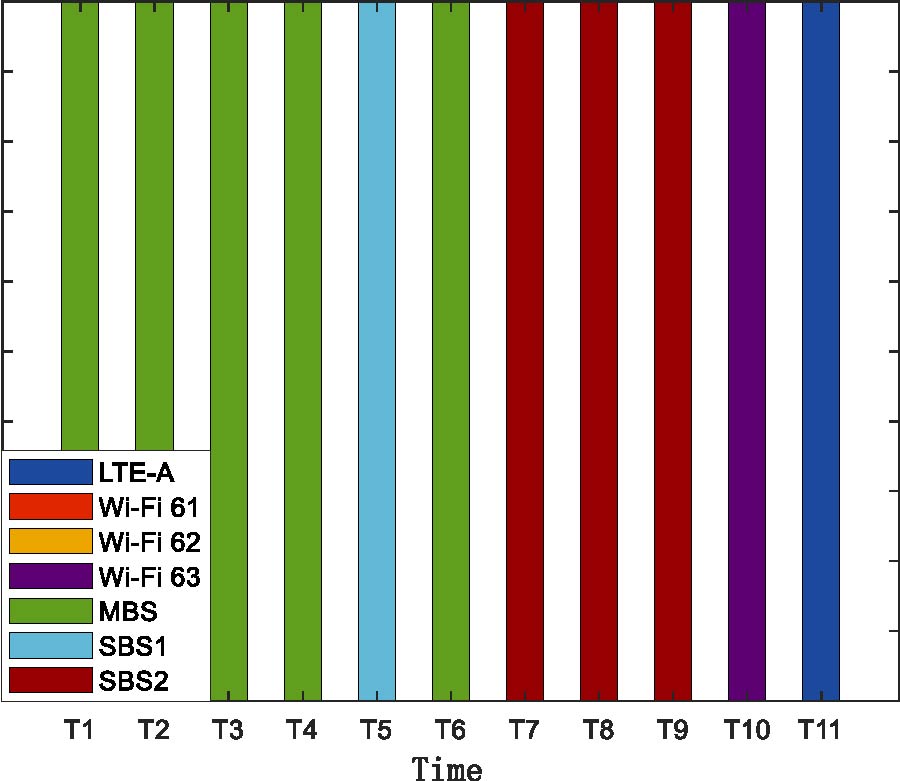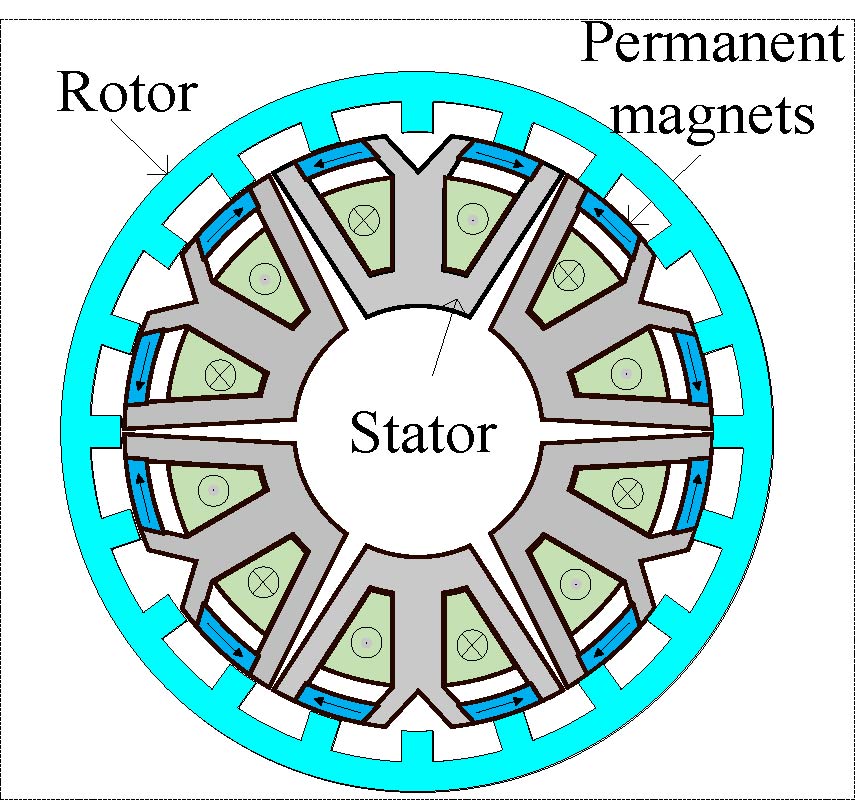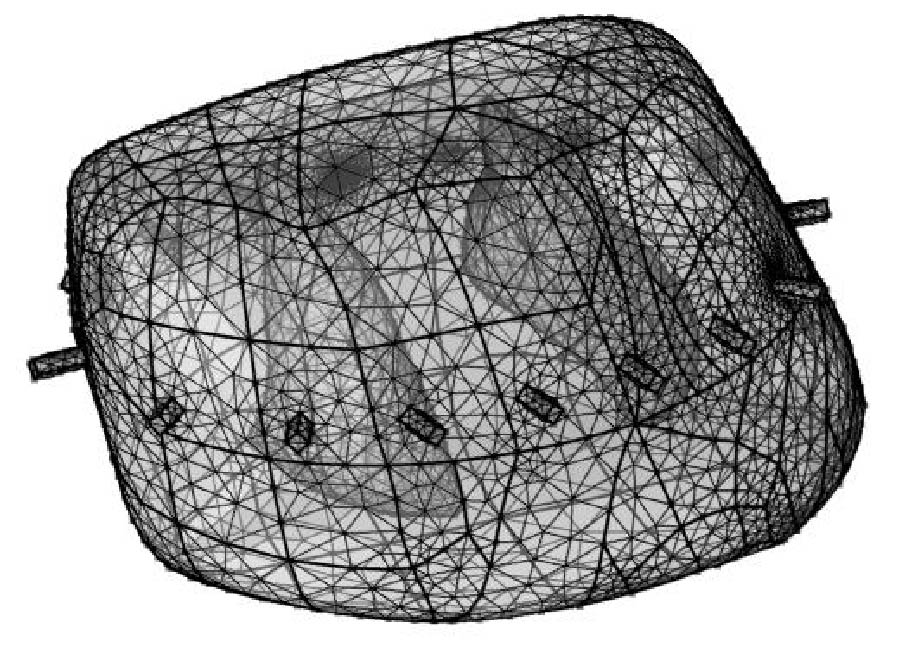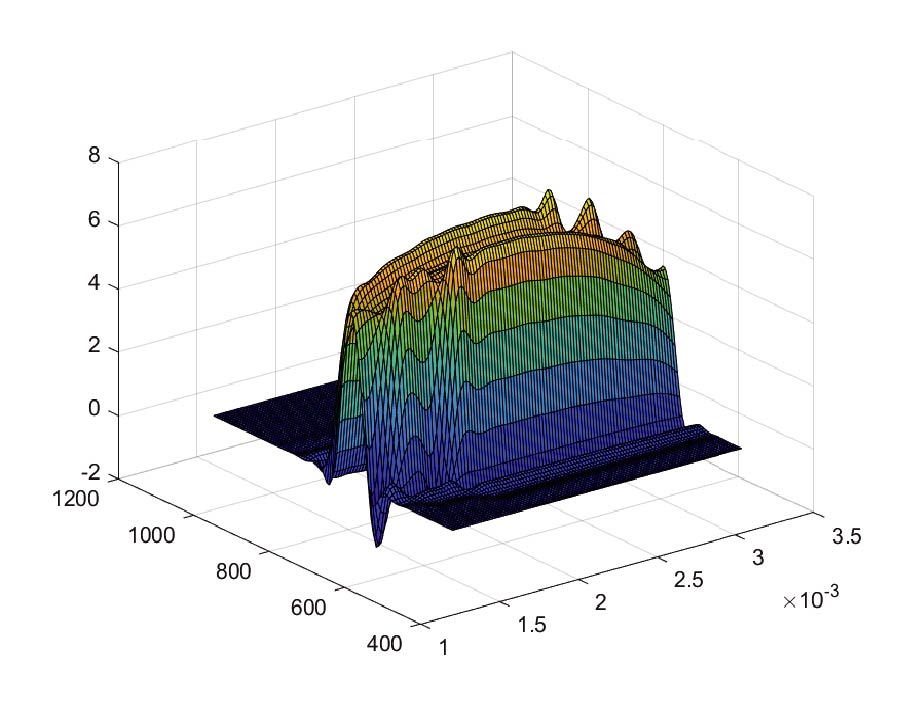Compact Multiband High-Gain Millimeter-Wave Planar Antenna
Asmaa Elsayed Farahat and
Khalid Fawzy Ahmed Hussein
A novel miniaturized high-gain Vivaldi antenna printed on a thin substrate is proposed for operation as multi-band antenna for millimeter-wave applications. The present work proposes a novel geometrical design of the Vivaldi antenna that is printed on the opposite faces of a thin dielectric substrate. The antenna has compact size, and its dimensions are optimized to enhance the performance regarding the bandwidth of impedance matching, gain, and radiation efficiency. To maximize the gain within a desired frequency band, each arm of the Vivaldi antenna is loaded by a ring-shaped parasitic element. The results of the parametric study for antenna design optimization regarding the enhancement of the impedance matching bandwidth and the antennas gain are presented and discussed. Also, it is shown through parametric study that the size and location of the parasitic rings can be optimized to enhance the antenna gain over the desired frequency range. The multiband operation of the proposed Vivaldi antenna is explained in view of the multimode operation that is illustrated by the distributions of the surface current on the antenna arms and the electric field in tapered slot. A novel microstrip line/parallel-strip line balun structure is proposed for feeding the balanced Vivaldi antenna and to achieve wideband impedance matching. The proposed Vivaldi antenna is fabricated and subjected to performance evaluation through measurements. It is shown that the antenna impedance is matched to 50 Ω over the four frequency bands: 22.0-27.7 GHz, 32.0-37.5 GHz, 41.5-46.6 GHz, and 51.7-56.7 GHz. The corresponding bandwidths are 5.7, 5.5, 5.1, and 5.0 GHz, respectively with percent bandwidths of 23%, 16%, 11.6%, and 9.2%, respectively. In spite of its compact size, the achieved values of the maximum gain are 6 dBi, 9 dBi, 11.4 dBi, and 12 dBi over the mentioned frequency bands, respectively. Also, the corresponding values of radiation efficiency are 98%, 97%, 95%, and 93%, respectively. The proposed Vivaldi antenna is fabricated and subjected to measurement for experimental investigation of its performance. The measurement shows good agreement with the simulation results.
